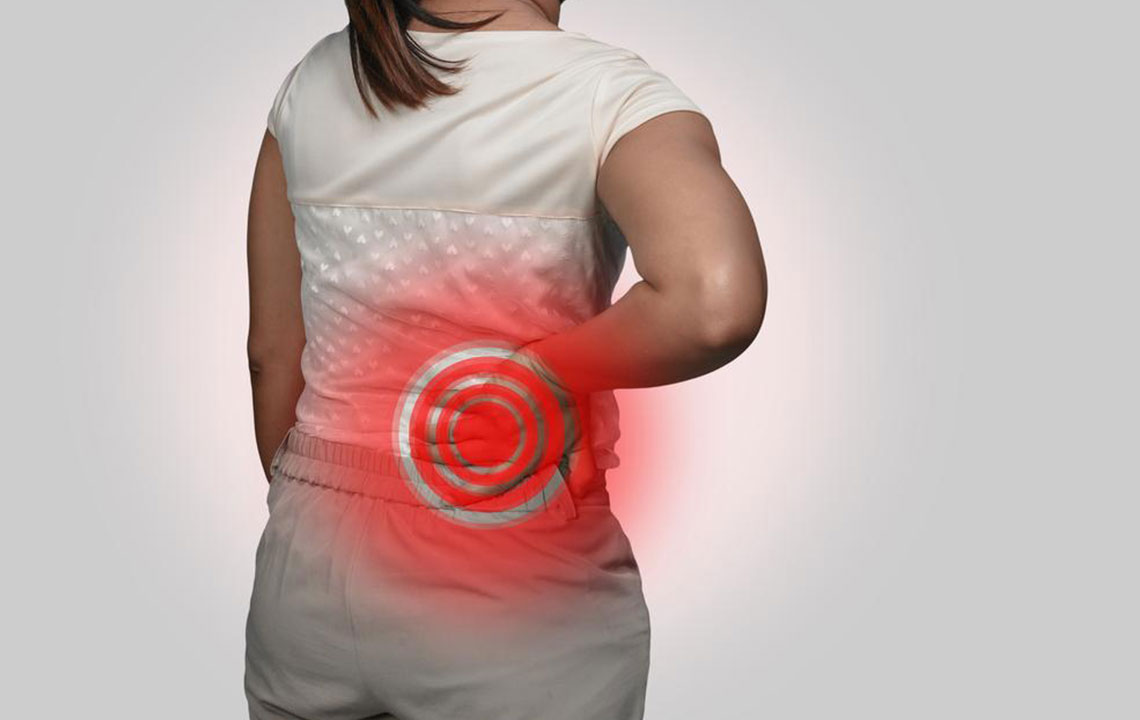Popular Treatment Options for Sciatica

Various studies show that around 25% of the people have to deal with the discomforts associated with sciatica at some point in their life. The sciatic nerve originates from either side of the lower spine and it goes through the buttocks and pelvis. It proceeds towards the back of each upper leg and at the knee; this nerve is branched out before going to the feet.
Learn about sciatica
When something puts pressure or irritates the sciatic nerve, you experience pain. The pain spreads to the back of the thighs or buttocks. The pain sensation can vary from person to person. Sometimes, it may feel like a moderate ache and it can become a burning sensation involving serious discomforts as well. The sensation of tingling, weakness, and numbness can also be associated with sciatica. When you sit or stand up for an extended period of time, pay can get aggravated. Prolonged straining, lifting, twisting, sneezing or coughing can worsen the pain as well. What is the best treatment for sciatica? There are different options available and they include using hot or cold packs, medications, exercises and natural remedies. Here are some of the best treatments for sciatica.
Physical therapy and stretching
Most patients find relief within a few weeks with some painkillers or natural remedies. If the pain is mild in nature and does not interfere too much with your daily activities, your doctor may advocate some basic solutions. Physical therapy is one such option and the therapist designs a stretching and exercise routine that meets your needs. This approach helps you improve the posture so that unwanted pressure on the sciatic nerve is reduced or eliminated. Lower back stretches are also a good option and it helps you relieve the pain in a natural way.
Exercises like short walks can bring relief
When you are constantly moving, inflammation can get better. That is exactly why health experts advocate short walks and you should be very careful to keep your posture right to eliminate the possibility of getting injured further. Exercising is the easiest and best treatment for sciatica.
Take rest with proper care
You must limit your bed rest. When you are on your feet for three days, the pain naturally subsides and you need to make sure that you using a firm mattress while resting and it should be kept on the floor.
Hot and cold packs
Using hot and cold packs is a really a good option. They should be applied on your lower back for several minutes and it should be repeated a couple of times a day. First of all, you have to apply the cold packs for a few days and the heat packs can be applied.
Popular medications available that bring relief to sciatica pain
Medication is the best treatment for sciatica. You can find different types of medications including oral medications. There are over the counter medications like naproxen, ketoprofen, Motrin, Advil, ibuprofen, aspirin and acetaminophen and, these medications offer pain relief in the best way possible. If these painkillers do not bring any results, you have to depend on prescription muscle relaxants and they reduce the muscle spasms to offer immediate relief. Doctors also prescribe antidepressants if you are experiencing severe lower back pain. There are also prescription pain medications available to address chronic pain. The medicine known as aspirin should be given to children aged below 18 years because it increases the risk of Reye’s syndrome. In certain cases, doctors inject a steroid medication into the area near the spinal nerve. These types of injections offer good results when ruptured or herniated disc pressure causes the irritation.
Alternative therapies can reduce the pain
Many people depend on alternative therapies to control the sciatica pain. Some of the popular therapies available include acupuncture, biofeedback, massage, and yoga as well.
Surgical options
When all other methods fail to deliver the expected results, surgery is performed. Usually, around 5% to 10% people undergo surgery to get rid of sciatica. People with milder sciatica may experience pain even after 3 months of taking medications, stretching and resting and in such a situation; the doctor recommends surgery. Some people may get affected with cauda equine syndrome as a result of sciatica. Cauda equine syndrome is a condition where you lose control of your bladder and bowels and it can only be treated with the help of surgery. When it comes to surgery, the most common procedures are Diskectomy and Laminectomy. As far as Diskectomy is concerned, the surgeon removes the thing that causes pressure on the sciatic nerve. Normally, a piece is removed and on rare occasions, the entire disc is removed to fix the issue. During the Laminectomy, the surgeon removes the lamina and any other tissue that causes the pain.
The doctor decides the best treatment for sciatica based on the nature of the symptoms and the severity of the issue. He/she makes use of a combination of various methods to eliminate sciatica related concerns.


